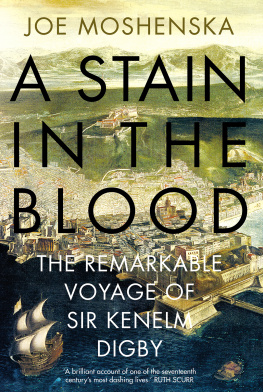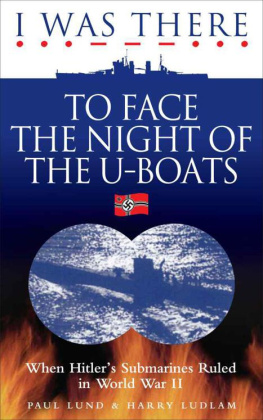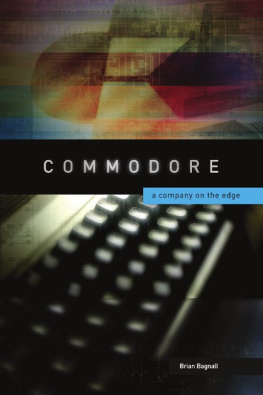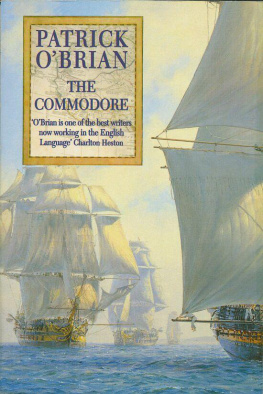
This edition is published by Arcole Publishing www.pp-publishing.com
To join our mailing list for new titles or for issues with our books arcolepublishing@gmail.com
Or on Facebook
Text originally published in 1956 under the same title.
Arcole Publishing 2017, all rights reserved. No part of this publication may be reproduced, stored in a retrieval system or transmitted by any means, electrical, mechanical or otherwise without the written permission of the copyright holder.
Publishers Note
Although in most cases we have retained the Authors original spelling and grammar to authentically reproduce the work of the Author and the original intent of such material, some additional notes and clarifications have been added for the modern readers benefit.
We have also made every effort to include all maps and illustrations of the original edition the limitations of formatting do not allow of including larger maps, we will upload as many of these maps as possible.
CONVOY COMMODORE
BY
REAR-ADMIRAL SIR KENELM CREIGHTON, K.B.E., M.V.O.
TABLE OF CONTENTS
Contents
TABLE OF CONTENTS
FOREWORD
by
ADMIRAL OF THE FLEET,
THE VISCOUNT CUNNINGHAM OF HYNDHOPE,
K.T., G.C.B., O.M., D.S.O.
I AM very glad to contribute a short foreword to this book which gives us the tale of a Convoy Commodore in the late war.
The author after distinguished service in the First World War served with the Navy until the middle thirties. He was one of that band of officers who came out of retirement to serve once again and, along with Senior Merchant Navy Captains holding Royal Naval Reserve Commissions, volunteered for the highly responsible duty of Convoy Commodore.
He was employed as such for just over three years and in this book he tells us of his experiences and of his profound admiration for the men of the Merchant Navy.
Something has already been written about the large troop convoys and those highly hazardous operations, the convoys to Russia and Malta, each of which had to be fought through to its destination. But this book is to be welcomed because it tells of the small freighters which sailed forwards and backwards with little let-up in their allotted task of bringing to these islands the supplies vital to our survival and to the prosecution of the war.
It is not difficult to imagine the heavy responsibilities weighing on the Commodores and the strain involved in conducting 40 or 50 ships at a speed of six or seven knots on a voyage of perhaps 20 days or more duration. All this often in heavy Atlantic weather threatening a dangerous dispersal of the convoy which was constantly in danger of attack by enemy submarines or surface ships.
This book will, I hope, serve to remind its readers of what the country owes to the men of the Merchant Navy. No words can suffice to pay a worthy tribute to the courage, tenacity and determination with which they went about their task of keeping the country supplied. Many were torpedoed four or five times yet always returned to sea; that 35,000 of them were lost in the late war is the measure of their sacrifice.
It should also be borne in mind that if, unhappily, this country is once more involved in war our survival will again depend to a great extent on our merchant seamen.
Weapons of great power, which now threaten us, will increase their difficulties and dangers but will not do away with the vital necessity for their voyages.
CUNNINGHAM OF HYNDHOPE
DEDICATION
To the men who served under the Red Duster this book is dedicated.
AUTHORS ACKNOWLEDGEMENT
I wish to thank my son Kenelm without whose help the work of this book could not have been accomplished.
THE BACKGROUND
By ADMIRAL SIR PERCY NOBLE, G.B.E., K.C.B., C.V.O.
Commander-in-Chief, Western Approaches, 1941-42
TWICE within a quarter of a century a ruthless enemy means in his power, sinking our merchant vessels without warning and with no thought of survivors.
Each time he has nearly, very nearly, succeeded in cutting off our supplies and bringing our trade to a standstill. Had he succeeded, Great Britain could no longer have continued the war and her people would have starved.
In the 191418 war the convoy system was adopted by the Admiralty at a critical period and defeated the German U-boat attacks on our merchant shipping.
At the start of the 193945 war the number of escorting ships and aircraft was dangerously inadequate for the defence of our convoys.
The Battle of the Atlantic raged for five years and eight months with bitter intensity. The German U-boat commanders were determined and skilful foes. First one side gained the advantage with some new weapon, then the other. Radar for detecting submarines on the surface and Asdics for detecting them submerged were our inventions. The enemy used new torpedoes with magnetic and acoustic devices and finally fitted his submarines with the Schnorkel, a device which enabled them to remain submerged breathing through a small tube above the surface.
From the end of 1941 till early 1943 the situation was critical and as Sir Winston Churchill has put itOur Atlantic lifeline was stretched to its fullest limit. The German U-boat commanders developed a technique of attacking convoys on the surface at night and when the coming of Radar provided our Navy with Eyes in the Dark, the enemys counter was an endeavour to cause utter confusion by attacking each convoy with a pack of U-boats. It was not uncommon for convoys of some 40 or 50 ships to be attacked by packs of 10 to 20 U-boats for several nights in succession. This dangerous and fierce storm of attack cost us many good ships, valuable cargoes and the lives of many brave men. It took time to get used to, time to beat and time to recover from the blow. In the National Maritime Museum at Greenwich is a model of a convoy being attacked at night. It has been generously presented to the museum by the Royal Mail and Ellerman lines whose ships took such a prominent part in the battles; it is well worth a visit.
In the very early days of the war the brunt of the battle fell on the Royal Navy and the Merchant Navy and the Royal Air Force, but they were soon joined by seamen and airmen from many lands, first from Canada, Australia, New Zealand, South Africa and Newfoundland; then from the countries overrun by the Nazis in Europe and finally from the United States.
This long struggle was ultimately won by the courage and endurance of our sailors and airmen and the dogged spirit of the peoples who supported their mighty effort.
From the beginning of the battle, as our escorts and aircraft were gradually augmented and as our training to overcome the obstacle started to be felt, we began slowly but surely to get results. By 1941 we had enough escorts to form them into Escort Groups which always worked together and therefore knew each other and had studied the problems. A Tactical School was introduced where the commanders of Escort Groups could study all these matters on a huge scale map depicting attacks and finding the best method of finding and sinking the enemy.
Finally the advent of long range aircraft and small aircraft carriers gave us the advantage at long last. As the tide in our favour rose in 1943, victory became certain; in 1944 victory came and U-boats were seldom encountered in the broad oceans.












